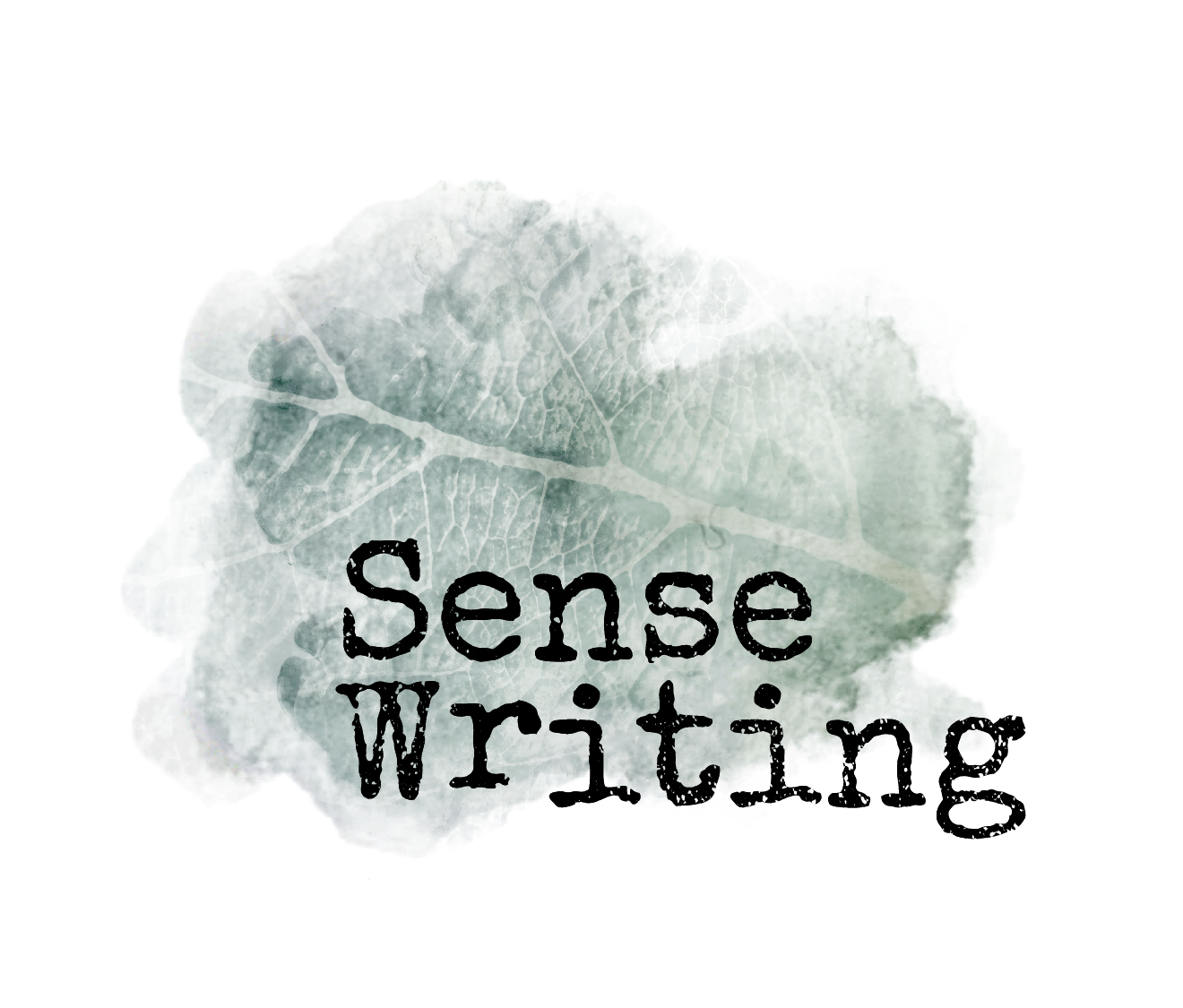It’s the end of the last round of the Sense Writing Online 12-week course, and as I look through participants’ reflections, I’m struck most of all by their courage.
It’s not usually the first description we attach to writers, right? Even when we acknowledge the fear or challenge of writing something powerful, we neglect the flip side that the very act of writing really does take guts. And learning to write in a new way takes a lot of them.
Leaving behind old notions of learning is hard. Dissolving long-held beliefs about what makes “a good student” (and how much we might be succeeding or falling short) can be scary. Thinking about what it takes to try anyway reminds me of what made me develop Sense Writing in the first place.
I mean, the last thing I wanted to do was to create another thing that seemed “good for you” but that actually weighed you down with guilt instead of inspiring you.
With Sense Writing, I simply wanted to support your agency in building your own creative practice. (Experiential reflection is so palpable, so I've asked a couple of participants of the online course if I can share some of their discoveries.)
"Oh man, what DIDN'T resonate...it's all so radical and antithetical to how I've been acculturated and maybe how I'm wired? Who can say. The line I ultimately chose as what resonated most was "Do a little less then you can." It's short. I feel like I can reach for it when I am slipping over those thresholds of overwork." -Amanda Davidson
You Can’t Be Late to Your Own Party
In Sense Writing, no one is pushed to “keep up” or be a “good student.” That kind of effort — so much external striving! — only compounds the “head problems” that keep us from writing to begin with. And though Sense Writing’s live workshops and 12-week online course do build on foundations one layer at a time, the truth is, there is no “falling behind” in Sense Writing.
Sure, I might be proud of the pedagogical arc of the 12-week online course (yay, me!) but the forward momentum of the course is not the course.
Sense Writing is you.
Whether you study it live in New York with me or with participants around the world in the online course, Sense Writing is the process of learning to trust yourself and use the tools that are already there.
There’s no train you’re going to miss.
Rather than activating that habitual desire to push yourself, in Sense Writing students come to rely on curiosity to fuel creative exploration. This is one of the most surprising insights that participants in the 12-week course have discover.
"It's so good to be able to "catch up" knowing I am behind but yet right on time. Thanks, Madelyn, for your help with calming the mind to do this exercise." -Sheree Carara
Choosing Your Artistic Instincts Over Intensity
Through techniques from Feldenkrais and neuroplasticity, I have found that a whole-body approach works a whole lot better at helping people befriend the process of writing and reconnect with their innate curiosity. These strategies have become part of hundreds of writers’ tool kits already.
More tools mean more choices mean more freedom.
The goal, however, is not to get you to some place of inner calm or virtuousness. After all, making time to write can be weirdly scary, especially if you’re dealing with blocks and resistance.
In Sense Writing, we learn to re-calibrate the nervous system, to gently bring ourselves down from these (totally normal!) stress responses into a more regulated and sustainable state. With neuro-sensory writing and movement sequences, we become acquainted with what is already there.
Instead of worrying about keeping up or producing something shiny for a gold star or applause — instead of trading the gift of our own sustainable creative expression for fleeting outside validation — we learn to process and absorb right where we are.
We get curious instead of trying to be “good.”
And it turns out that this skill becomes the source of our own artistic instincts.



